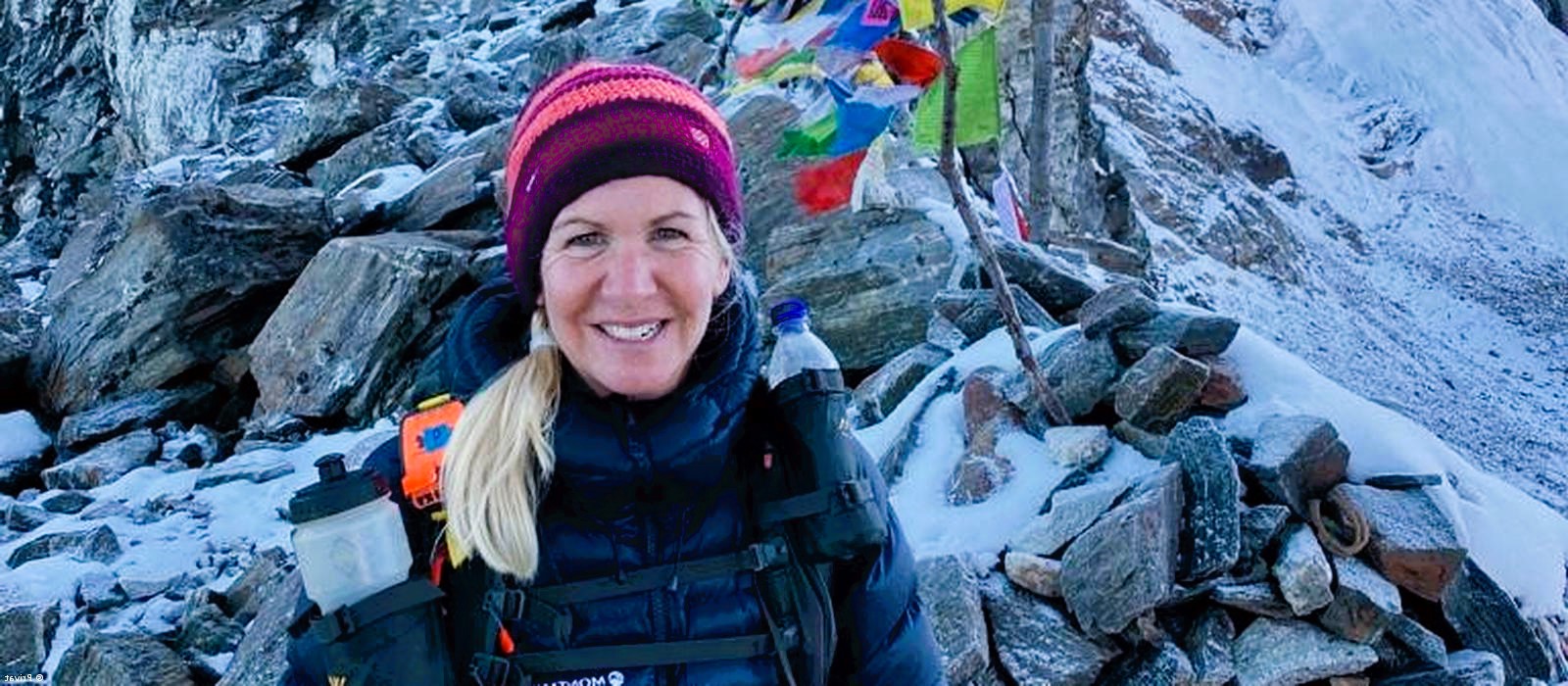 |
| Bhutan Ultramarathon |
The Snowman Race in Bhutan is considered one of the toughest courses in the world. More important than the athletic challenge, though, is the message the event in the Himalayan country aims to spread.
"It was very remote, a real expedition, really wild and difficult," ultra-runner Holly Zimmermann, an American who lives in Germany, told DW about her experience at the first-ever Snowman Race in Bhutan.
That says something coming from an athlete who had already mastered the Marathon des Sables in the Moroccan Sahara, a stage race through the desert over 230 kilometers (143 miles) — or the Everest Marathon, for which the starting line is located at the base camp at the foot of the highest mountain on Earth, around 5,300 meters (17,390 feet) above sea level.
"There were a lot of people on Everest and it was mostly downhill," Zimmermann said. "The race in Bhutan was much harder." At 52, she was the oldest participant in the event.
Backpack filled with compulsory gear
Just 29 ultra-runners competed in the Snowman Race: nine locals and 20 from around the world who had been personally invited by the organizers. The race follows the route of the Snowman Trek, a legendary, demanding three-week trekking tour in the eastern Himalayas. The competitors covered 203 kilometers over five daily stages, with the highest point coming at 5,470 meters.
The route was marked with flags, but that didn't always make navigation easier. "They were impossible to see in the evening. In the dark, we had to navigate using GPS," Zimmermann said. The competitors slept in tents and they all had to carry backpacks during the entire race.
"We had mandatory equipment. Sleeping bag, food for the road, water, rain gear, a warmer jacket, hat, gloves, first aid kits. The sleeping bag was the heaviest. I had one for temperatures down to -30 degrees Celsius (-22 Fahrenheit). And it was still cold," she said.
Threat posed by glacial lakes
The organizers billed the race as "one of the world's toughest and high-altitude ultramarathons." However, this was not only about the sporting challenge, but also about a political message. Bhutan's aim was to use the event to draw the world's attention to the consequences of climate change for the Himalayan state.
"The people who live at threshold of melting glaciers contribute the least to climate change but are the first to see its devastating impact," said Bhutan's Queen Jetsun Pema, wife of King Jigme, after the race had been completed.
Bhutan has about 700 glaciers that are melting at an accelerating rate. Researchers counted 567 glacial lakes in the mountains of the small state last year, 17 of which were classified as dangerous. If one of the natural dams were to break, a disaster like the one on October 7, 1994, could happen again. At that time, 17 million cubic meters of water shot down the valley from the glacial lake Lugge Tsho. Villages and fields were flooded, and 21 people lost their lives.
"We are suffering the brunt of climate change with no fault of ours," said Karma Toeb, a glaciologist with the National Center for Hydrology and Meteorology who has been studying glacier melt in his homeland for more than 20 years. Toeb points to the fact that Bhutan — along with Panama and Suriname — is one of only three countries in the world with a negative carbon footprint. However, this does nothing to shield them from the consequences of climate change.

Comments
Post a Comment